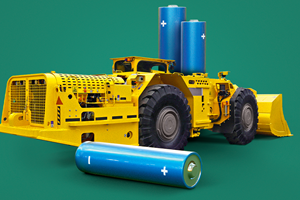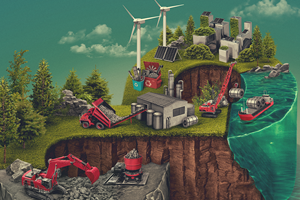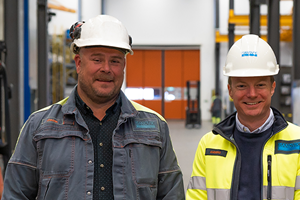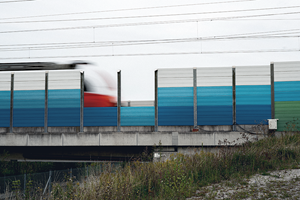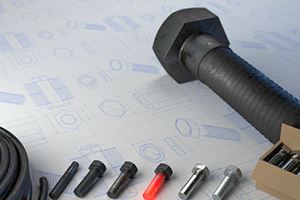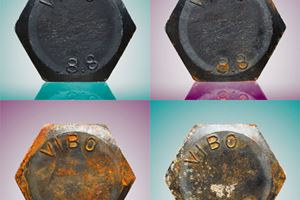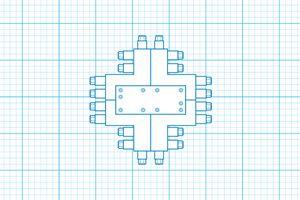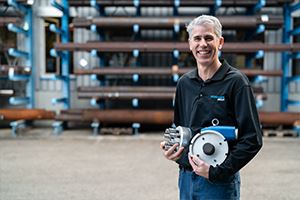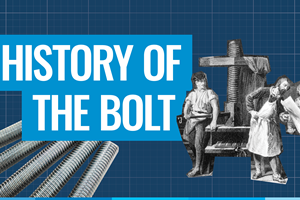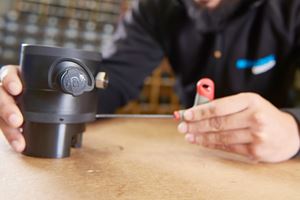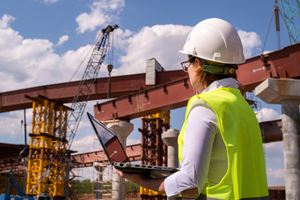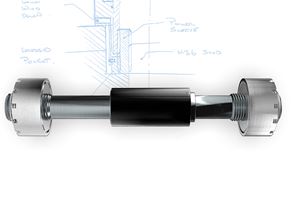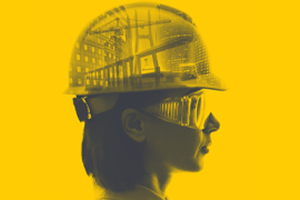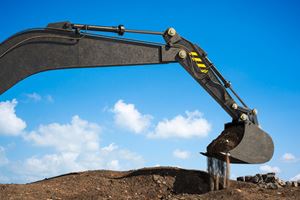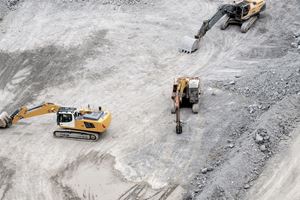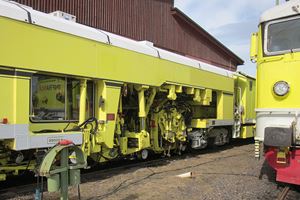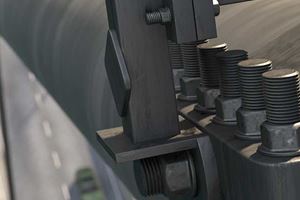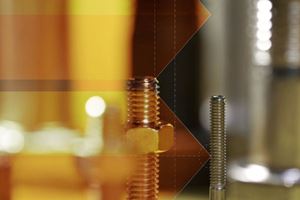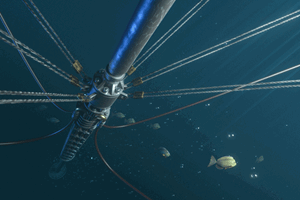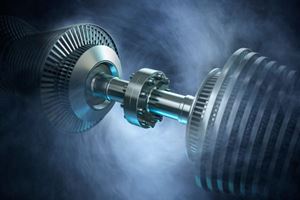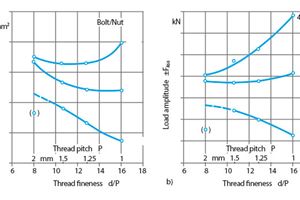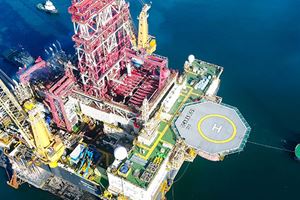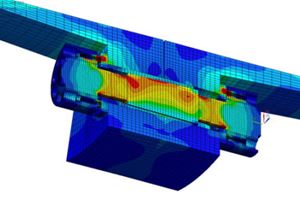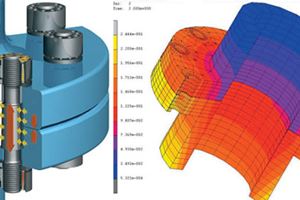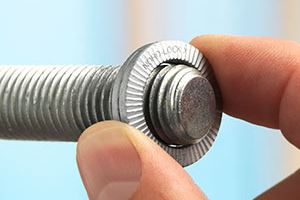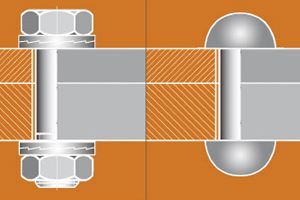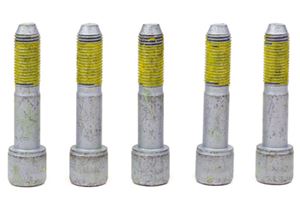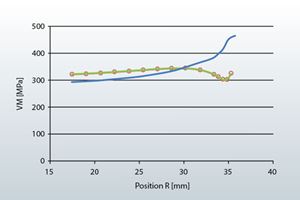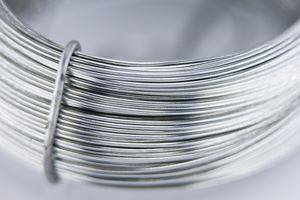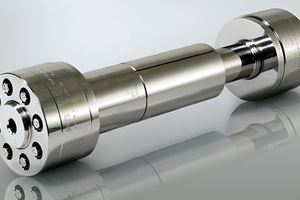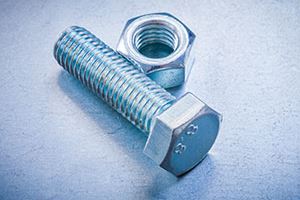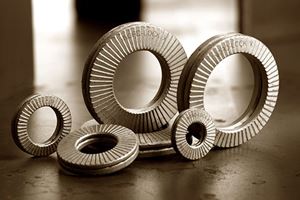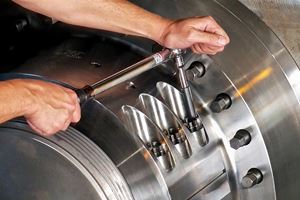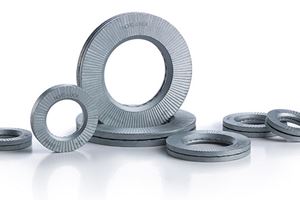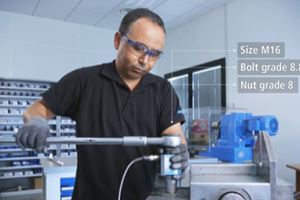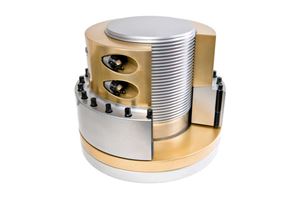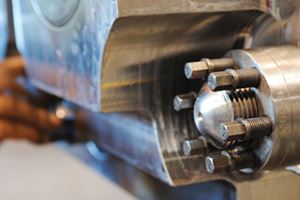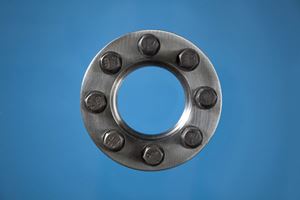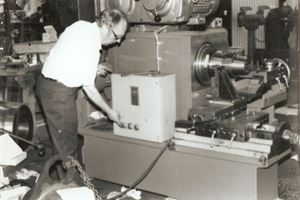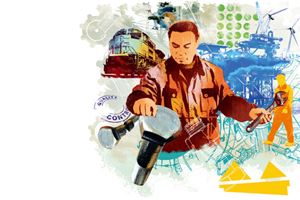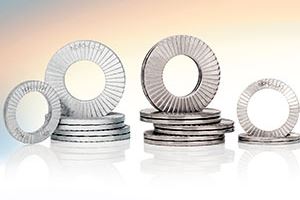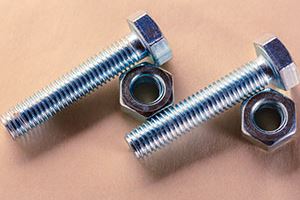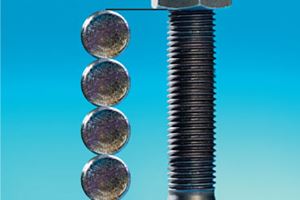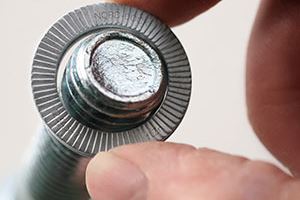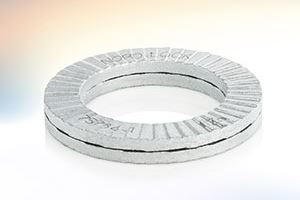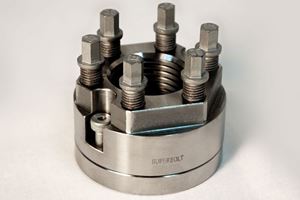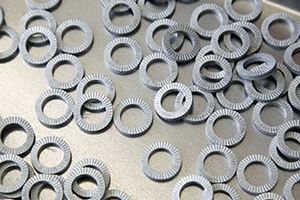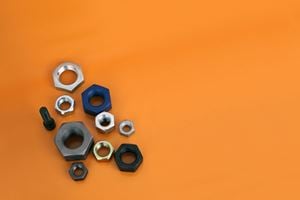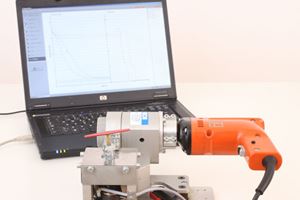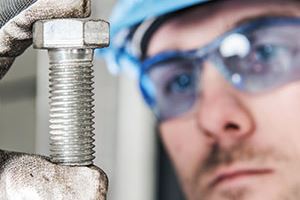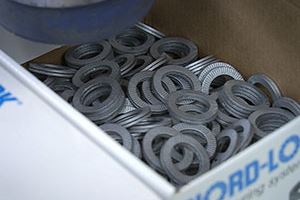
The path to green steel
The production of steel is one of the world’s major polluters. With the ever-sharper focus on the climate crisis and sustainability, things had to change. And they are, through innovations and circular thinking. But it’s a long road that will require new thinking throughout the product life cycle, from design to end-of-life solutions.
Tackling climate change and environmental collapse is one of the greatest challenges humanity has ever faced, and the steel industry has a major role to play. The International Panel on Climate Change estimated in 2014 that steel production was responsible for 5 percent of all greenhouse gas emissions. To put that into perspective, aviation accounts for 2 percent of global emissions. Clearly, steel producers and the countless industries that utilize steel have a responsibility to address sustainability overall and climate change in particular. Fortunately, there are opportunities to do so.
Innovations in steel production
There are a few reasons for optimism in the industry. Firstly, steel is produced far more efficiently today than ever before. The energy used to produce steel has fallen dramatically over the last 50 years, and there remains some room for further improvement. There has also been an increase in the amount of steel produced from scrap – over a third of the steel produced globally now comes from recycled materials. For Max Åhman, senior lecturer at Environmental and Energy Systems Studies at Lund University, Sweden, these developments are positive but not sufficient to meet the environmental challenges we face. He argues that breakthrough technologies are required for steel to become a genuinely sustainable resource. “We can and we will increase the amount of recycled steel,” he says. “If it’s melted in an electric arc furnace with renewable electricity, then emissions are close to zero. That’s okay, but we can’t completely rely on recycled steel. Firstly, because the demand for steel globally is growing so we’ll continue to need more virgin steel. Secondly, there are quality issues. It’s not always possible to manufacture specialty steels and other steel grades using only recycled steel. “It’s nice to talk about energy efficiency and carbon footprints,” Åhman says.
But we also need to take the long-term challenges seriously, and that means focusing on the hard-to-achieve things.”
“Do we need to replace all blast furnaces and if so, with what?” he asks.
Close to zero emissions The technological innovations in the steel industry that are most likely to succeed, Åhman suggests, are based around replacing coal-fired blast furnaces with methods based on renewable fuels. This approach is being piloted in public-private collaborations in both Sweden (HYBRIT) and Germany (SALCOS). Both these projects have devised methods of using electricity from renewable energy to produce hydrogen, and then using that hydrogen to replace coking coal in the reduction stage of steel-making. This method produces water as a by-product rather than CO2, so it can theoretically produce steel with zero or close to zero emissions. “There are no technical unknowns here,” says Åhman. “We’ve done direct hydrogen reduction, and electrolysis is there. What needs to be verified is that it can be done at scale cost-effectively, and in an integrated fashion.” One thing that looms over all of this is that long term decision-making has to be done soon. Given the long investment cycles in this industry, investors will soon have to take the decision about where they want to be in 2050. “If you want to replace blast furnaces with direct reduction from hydrogen, you basically have to decide on that by 2025. That’s the timeframe we’re talking about,” concludes Åhman.
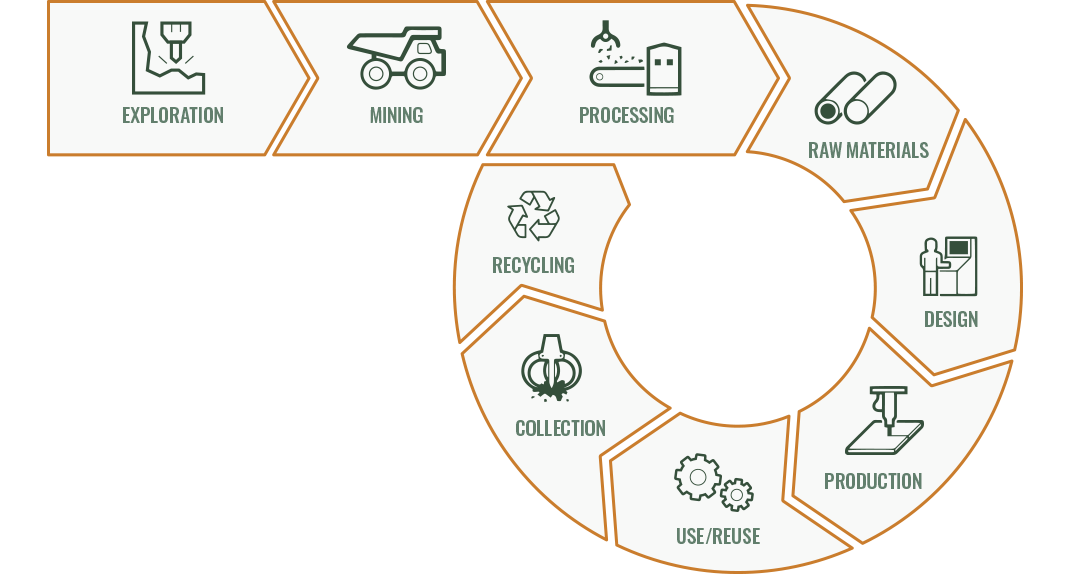
Life cycle assessment
Steel is everywhere in modern society, so focusing exclusively on its production would not give a full account of its role in a sustainable future. Karin Östman, senior policy advisor at Jernkontoret (the Swedish Steel Producers Association), advocates life cycle assessment (LCA) as a better way of understanding steel and sustainability. LCA is about getting a truer measurement of a product’s impact from cradle to grave. By evaluating a product’s entire life cycle, it is argued, you can understand its environmental performance and make better decisions about sustainable pathways. Moreover, advances in production mean that steel can have a positive role in delivering sustainability. “One example would be the development of high-strength steel grades,” explains Östman. “When high-strength steel is used in cars, their weight is reduced, and they become more fuel-efficient. So, in this way steel is helping to reduce energy use throughout the entire system.”
It can also be easy to overlook that sustainability covers more ground than just cutting emissions.” Sustainability is about maintaining a liveable planet or, as the UN explains in a description of their Sustainable Development Goals, “to protect the planet and improve the lives and prospects of everyone, everywhere.” This perspective is shared by many in the steel industry, according to Östman. “The vision we at Jernkontoret have set for ourselves is that by 2050 the steel industry in Sweden will not produce anything that doesn’t create value for society,” she says. “That means zero emissions and no waste, but it’s also about contributing to a better society. Providing good careers and safer, fairer workplaces is a big part of that.”
Using steel sustainably
Although it will be a number of years until the ‘green steel’ described by Max Åhman is commercially available, there are still sustainable options for manufacturers and mechanical engineers. Jernkontoret’s life cycle approach to sustainability can help identify sources of improvement. Making life cycle analysis a central part of the design process is key. Many countries, inter- and non-governmental organizations maintain life cycle inventories to quantify the impact of products and their inputs. The datasets in these inventories aim to be all-encompassing, and cover the environmental impact of raw materials, manufacturing, transport, end-use, and much more through to end-of-life. This data allows for comprehensive life cycle assessment for a wide variety of goods, but there are some basic considerations that are relevant to almost any application requiring steel.
Reduce, reuse, recycle
The first consideration involves material efficiency and overdesigning. Life cycle assessment begins with the extraction of resources, and overdesign – making a product stronger, bigger or more complex than its end use demands – is by definition an inefficient use of materials. The use of steel from recycled materials can be a way to reduce raw material usage but, depending on the application, higher grade steel might be a better way of optimizing design and reducing a product’s impact throughout its lifetime. It’s always advisable to consider the end of a product’s life at the design stage to enable a circular model.
Steel is endlessly recyclable, however contamination with other metals — especially copper — often limits the usefulness of recycled steel. Recyclability varies massively according to the type of product but ensuring easy disassembly and minimizing the welding of steel to other metals are design considerations applicable in any industry.

Share this article
Like this article and want more?
Get engineering and bolting insights delivered straight to your inbox. Subscribe to our insights newsletter now!

